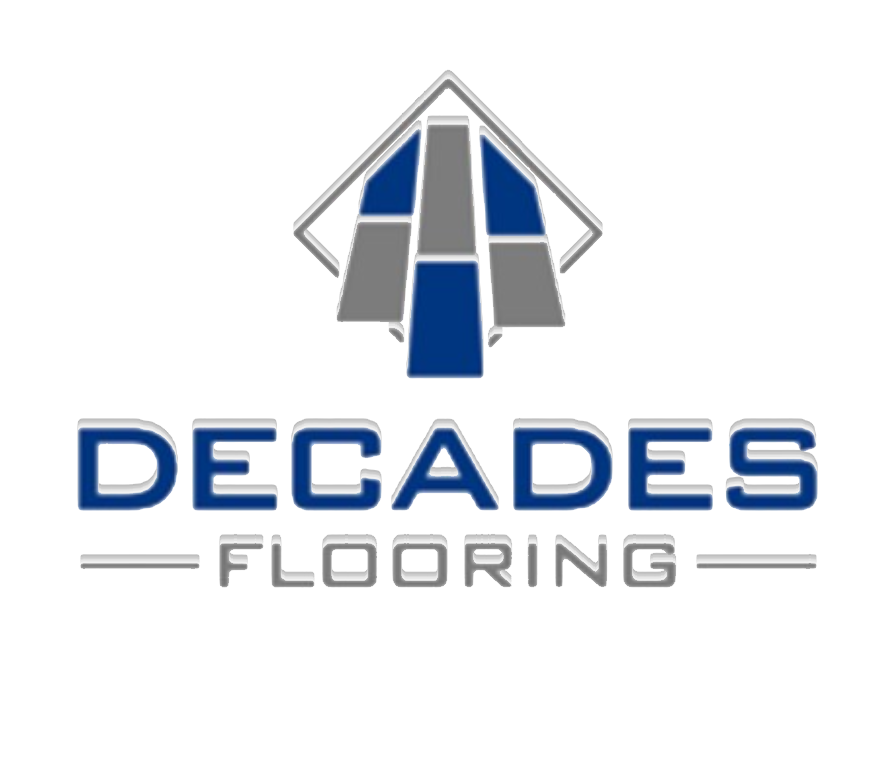Floor restoration, an intricate process involving the repair and refinishing of old or damaged flooring, is a practice that requires considerable skill and meticulous attention to detail. With an understanding of the materials at hand, the history behind them, and the various techniques for treatment, it is possible to breathe new life into worn-out surfaces. This task necessitates deep knowledge in fields as diverse as chemistry, physics, artistry, and even history – all working seamlessly together to restore beauty without sacrificing authenticity.
In this discourse on floor restoration, readers will be guided through a thorough exploration of this complex craft. The objective is not merely to impart practical knowledge; it also seeks to engender appreciation for this often underrated form of expertise. By unraveling the secrets behind expert restorations – from understanding basic principles down to mastering advanced techniques – one may learn not just how floors are restored but why they deserve such painstaking care in the first place.
Understanding the Basics of Floor Restoration
Delving into the realm of floor restoration is akin to unlocking a time-worn treasure chest, where each layer unpeeled reveals astonishing secrets about the art and science behind it.
The process commences with an understanding of the fundamental components involved – the type of flooring material, its historical context, and the degree of damage or wear that has occurred over time.
Knowledge of these aspects aids in determining suitable restoration methods, whether it involves minor repairs, comprehensive cleaning, or full-scale refinishing.
The choice between restoring or replacing a floor often hinges on factors such as cost-effectiveness, preservation of historical elements, and environmental sustainability.
A meticulous analysis brings to light that restoration can be more economical in certain cases while also maintaining unique architectural features intrinsic to a building’s character.
Moreover, opting for this route often has less environmental impact as it reduces waste generation and conserves resources by salvaging existing materials rather than introducing new ones.
Moreover, mastering the intricacies of various techniques employed for floor restoration demands both technical proficiency and artistic sensibility.
From sanding hardwood floors using precise grain alignment to repairing intricate tile mosaics with matching tesserae – every step warrants acute attention to detail and nuanced craftsmanship.
Thus unfolds the complex narrative woven into the fabric of expert floor restoration – a testament not only to skillful execution but also profound respect for preserving architectural heritage without compromising structural integrity or aesthetic value.
The Process of Floor Restoration
The discourse on floor restoration is incomplete without delving into the intricate process it encompasses. This process begins with an astute evaluation and damage assessment to gauge the extent of deterioration.
This initial stage is followed by a crucial decision-making step involving the selection of appropriate tools and techniques that will yield optimal results while preserving the integrity of the flooring material.
A detailed examination of each step in the restoration procedure provides valuable insights. This examination culminates in post-restoration maintenance practices that ensure longevity and sustained aesthetic appeal.
Evaluation and Damage Assessment
Intricate analysis and precise evaluation are essential steps in assessing the extent of damage on a floor prior to any restoration work. This process involves an array of diagnostic techniques, ranging from visual inspection to the utilization of advanced technology such as infrared imaging and moisture meters, which enable professionals to identify hidden damages that may not be visible to the naked eye.
The assessment takes into account multiple factors including the type of material used, age and usage, presence of water or termite damage, cracks or uneven surfaces among others. It is only through this meticulous study that experts can prescribe appropriate restoration procedures tailored specifically for a particular floor’s condition.
Furthering this comprehensive investigation, it is also crucial to differentiate between superficial blemishes and structural defects; while the former can often be addressed with simple refinishing processes, latter may necessitate more complex interventions like replacement or reinforcement. In addition to physical conditions, history also plays a significant role in determining the best course of action; antique floors have unique characteristics imparted by their specific era’s construction methods and materials which need careful preservation during restoration.
Therefore, expert restorers take into consideration not just current circumstances but also past influences when devising their strategies. This thoughtful approach ensures that each floor receives bespoke care required for its rejuvenation while maintaining its inherent charm and value.
Choosing the Right Tools and Techniques
Selecting appropriate tools and techniques is a fundamental aspect of any successful flooring renovation project, requiring careful consideration of the floor’s unique characteristics and historical context.
The process begins with a detailed analysis of the type of material used in the flooring construction, its age, level of wear and tear, as well as any previous restoration attempts. Equally critical is understanding the cultural or architectural significance of the floor which may necessitate specific conservation methods aimed at preserving original features.
This evaluation guides not only tool selection but also informs whether to employ abrasive or non-abrasive cleaning methods, chemical treatments, manual or mechanical restoration approaches.
In terms of tool selection for floor restoration projects, it is crucial to consider factors such as efficiency, precision and their potential effect on the integrity of the flooring material. Tools ranging from simple handheld scrapers to complex machinery like rotary sanders or diamond grinders can be employed depending upon circumstances. However, each boasts different capabilities and inherent limitations that must be factored into decision-making processes.
For instance, while mechanical tools may expedite work on large scale projects or excessively damaged floors; they may also pose risks if used incorrectly – potentially causing more harm than good to delicate historical materials. Henceforth, professionals often rely on a combination of traditional craftsmanship techniques alongside modern innovations to achieve optimal results whilst upholding respect for historic contexts.
The Restoration Process Step by Step
Preservation efforts often involve a step-by-step process, with an interesting statistic revealing that approximately 60% of such projects are dedicated to initial assessment and planning stages, essential for ensuring successful outcomes.
The first stage typically involves a thorough inspection of the floor to identify its current condition, type of material used, and any potential issues such as water damage or termite infestation. This is followed by formulating a detailed plan outlining the necessary restoration steps based on the findings from the inspection. These may include cleaning, repairing cracks or holes, sanding to remove old finishes and stains, applying new finish or stain, and finally polishing for a smooth finish. It is crucial at this stage to select appropriate tools and techniques that will not cause further damage but rather enhance the original features of the floor.
The subsequent stages in the restoration process require meticulous execution of the planned tasks while maintaining utmost care to preserve the integrity of the floor. For instance, during sanding it is important not only to remove old finishes but also ensure that no scratches are left on the surface which could mar its appearance after refinishing. Similarly, when applying new finish or stain it should be done evenly without leaving any blotches or streaks. The final polishing stage aims at achieving a smooth surface with high gloss level that enhances both aesthetic appeal and durability of restored floors.
Throughout these stages constant monitoring is required to ensure quality control and make necessary adjustments if unexpected issues arise. Thus through careful planning and execution even severely damaged floors can be brought back to their former glory contributing towards preservation of architectural heritage.
Post-Restoration Maintenance and Care
Transitioning from the meticulous steps of a floor restoration process, it is imperative to shift focus towards the subsequent stage that ensures the longevity and preservation of such finely restored floors. This succeeding phase, referred to as post-restoration maintenance and care, plays an integral part in keeping these surfaces at their optimum state for a prolonged duration.
Post-restoration maintenance and care involves regular cleaning and preventive measures that safeguard the restored floor from potential damages. To maintain the aesthetic appeal of such surfaces, it necessitates using appropriate cleaning agents that are compatible with the specific type of flooring material.
Additionally, regular inspections facilitate early detection of any signs of wear or damage, allowing timely interventions to preserve its original charm. The use of protective pads on furniture legs can also assist in preventing scratches or dents on the surface. Furthermore, periodic professional check-ups ensure systematic upkeep by addressing minor issues before they escalate into more significant problems.
Henceforth, adopting such measures aids in prolonging the life span of restored floors while retaining their newly revived brilliance. Integral to this process is understanding that each type of floor demands distinct care procedures; thus fostering an inclusive community where every floor type is accorded its unique maintenance regime.
The Renaissance Of Floors: Rediscovering Beauty Through Floor Restoration
Floor Restoration Unleashed: Breathe New Life Into Old Spaces



